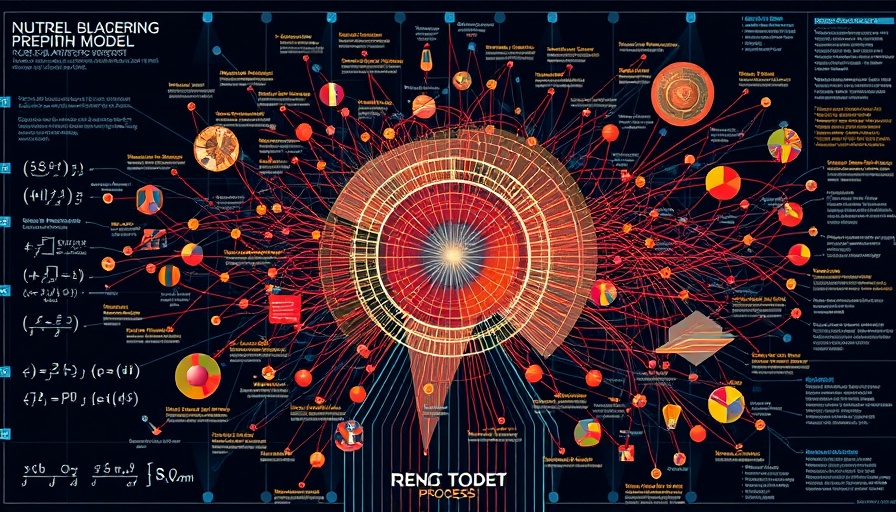
Understanding Diffusion Models: A Mathematical Approach
Diffusion models are an innovative approach in artificial intelligence, significantly impacting how we interpret data and create predictions. These models stem from the principles of diffusion, which is a process that involves the gradual spread of something from one area to another. In the context of AI, it refers to how information or features are distributed across a space, revealing patterns that may not be immediately obvious.
The Basics: How Diffusion Works
At its core, diffusion modeling is about understanding how probabilities shift and change over time, much like how particles spread in a medium. This concept can be simplified using mathematical equations that demonstrate how probabilities can be structured over multiple steps, ultimately leading to a richer understanding of data behavior. As AI continues to grow, these models help machines learn to identify and replicate complex patterns seen in the world around us.
Applications in Artificial Intelligence
Diffusion models are increasingly prevalent in generating high-quality images and sophisticated data analysis. For instance, DALL-E, an AI tool that can create stunning visuals from text descriptions, leverages diffusion processes to enhance creativity and detail in its outputs. This illustrates why understanding the mathematics behind diffusion is essential for harnessing AI's full potential. As the technology continues to evolve, the applications of diffusion models will likely expand, affecting various industries from healthcare to entertainment.
Future Trends: What Lies Ahead
Looking forward, the development of diffusion models stands to revolutionize sectors that depend on data interpretation and visualization. Incorporating these mathematical frameworks into AI could lead to more human-like understanding and interaction within various applications. As we further explore the capabilities of these models, it is important for businesses and individuals alike to familiarize themselves with the mathematics involved; doing so could provide a competitive edge as AI technologies continue to advance.
Concluding Insights: Why This Matters
Understanding diffusion models extends beyond academic interest; it allows businesses and individuals to embrace cutting-edge technology effectively. As AI tools become more accessible, grasping foundational principles like diffusion could foster innovation across the board. Keener insights into AI's underlying mathematics can transform how we interact with technology, ultimately leading to more informed decisions and enhanced creative outcomes. As the landscape of AI evolves, those who understand these methodologies will be better positioned to thrive in an AI-driven future.
 Add Row
Add Row  Add Element
Add Element 



Write A Comment